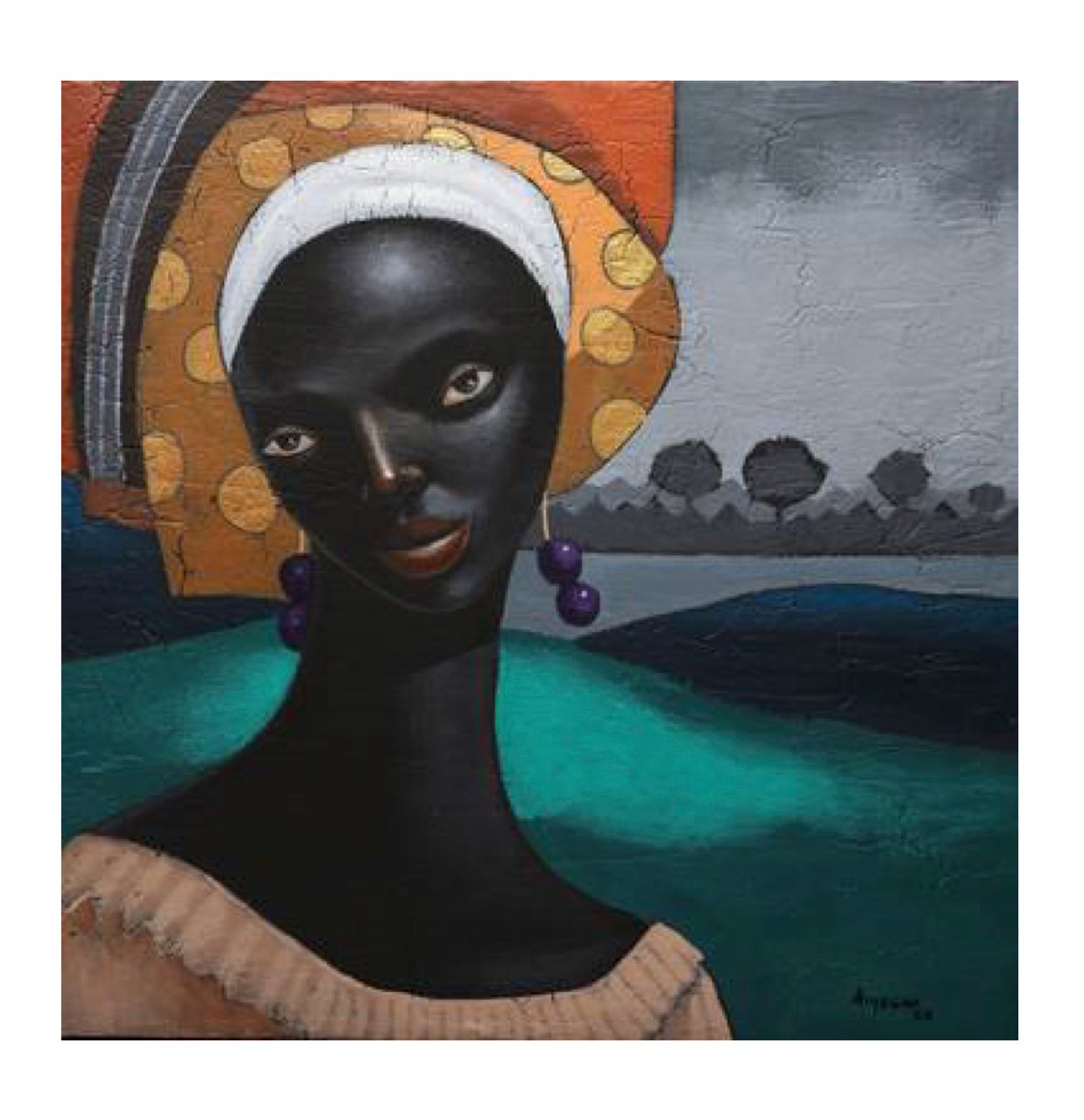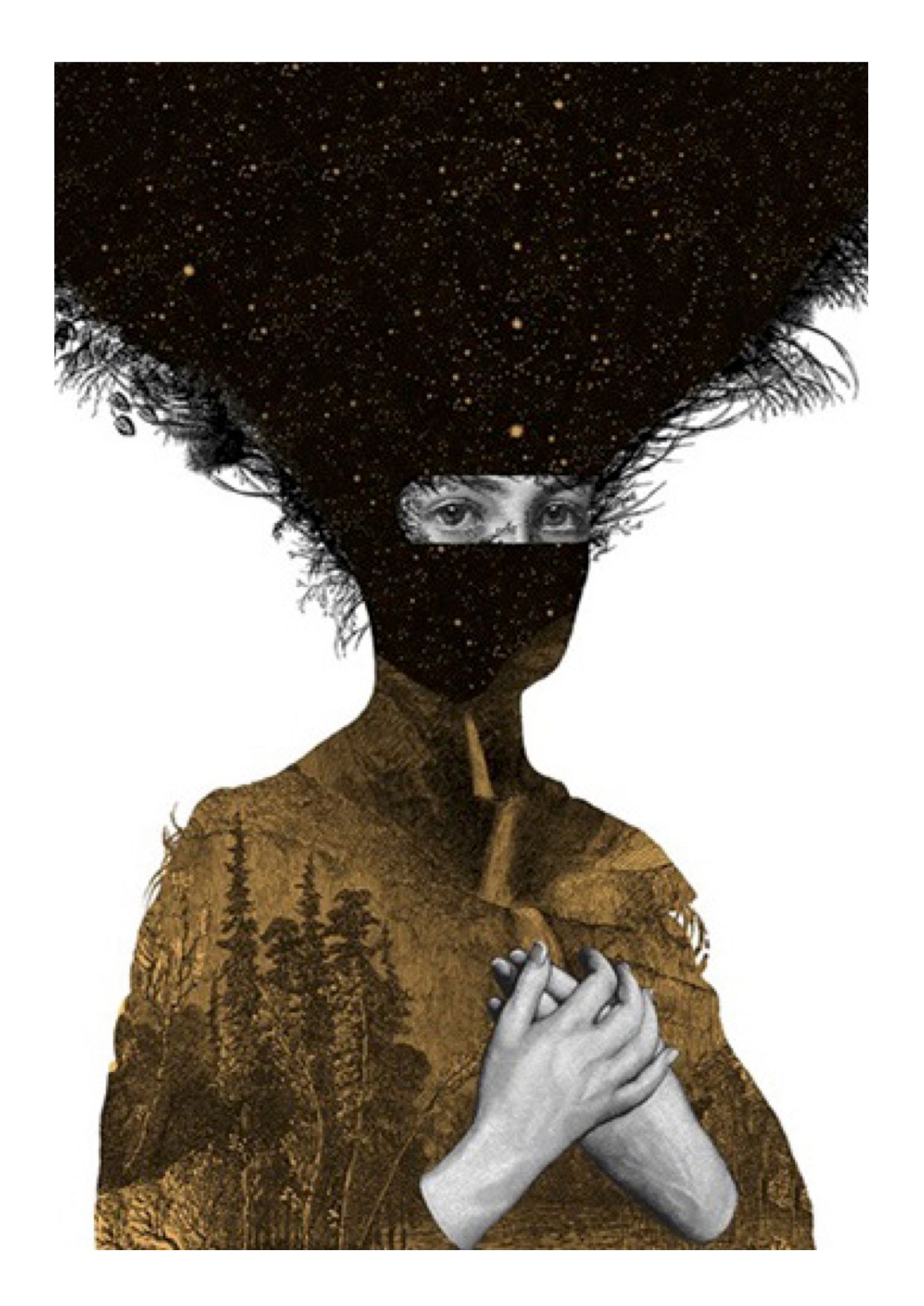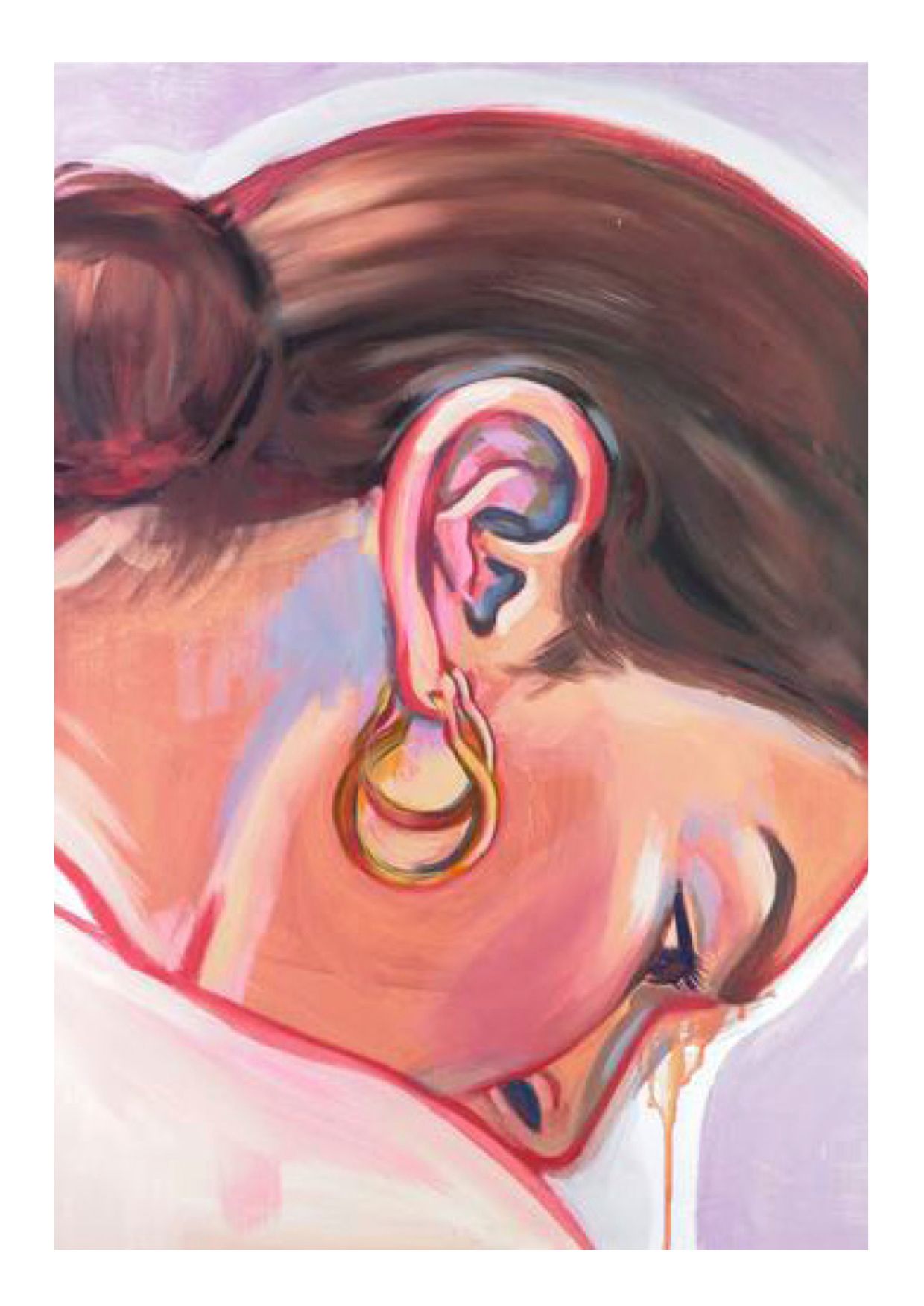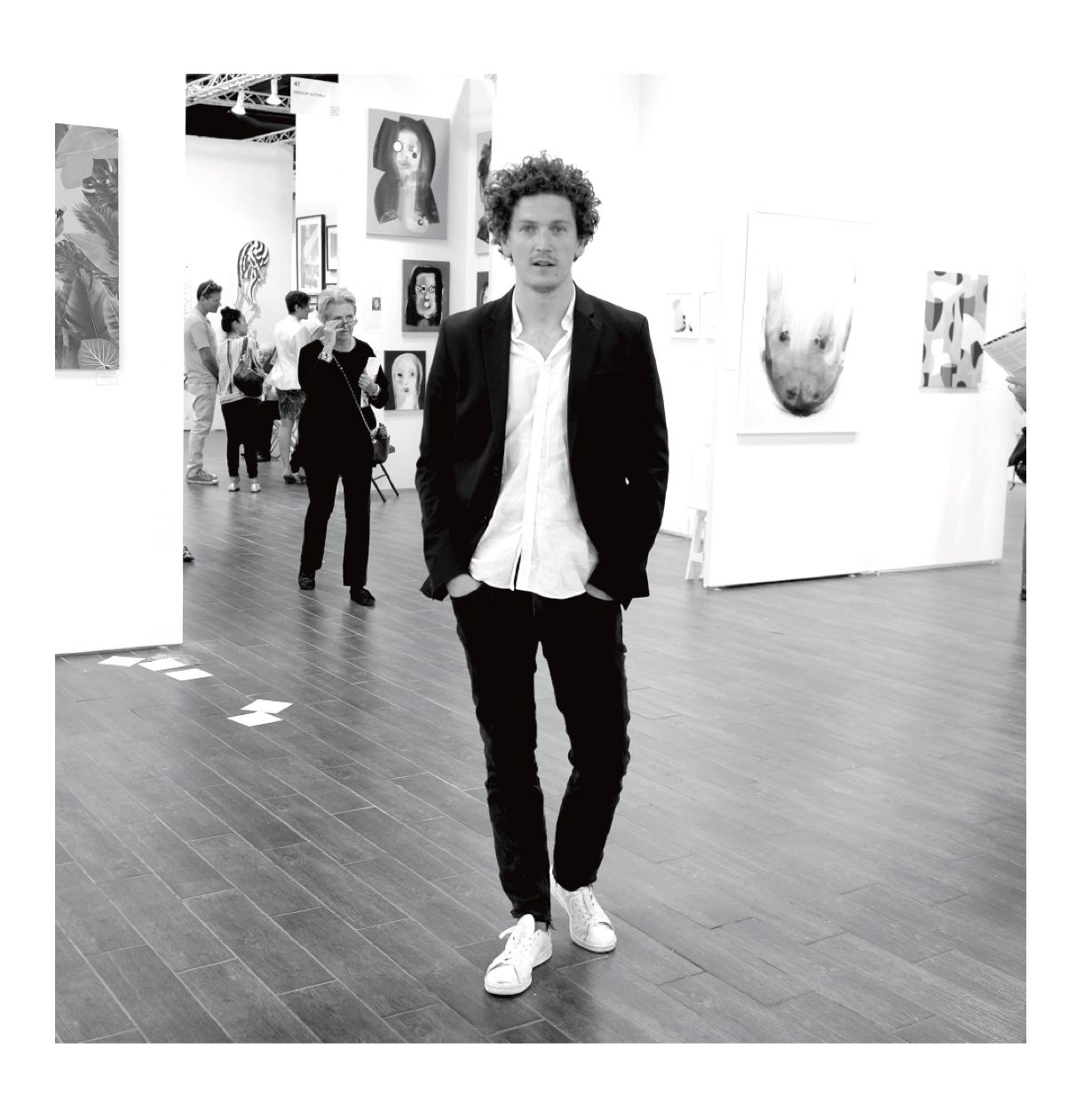
Ryan Stanier is the founder of the globally recognised phenomenon The Other Art Fair, which takes place each year in London, New York, LA, Chicago, Toronto, Dallas, Sydney and Melbourne, providing a vital platform for emerging artists. Here, the valued member of the House Collective community, shares the entrepreneurial genesis of The Other Art Fair and tells us why losing your ego and maintaining an optimistic perspective are key to success.
How did you first become involved in the art world?
I suppose you could say my immersion in the art world came more-or-less by chance–I didn’t really get involved until I was in my mid-20s. Before then, I knew nothing about the art world, and didn’t think it was accessible at all. I grew up in quite a suburban working-class environment and the idea of visiting a gallery was really alien to me when I was young, so it wasn't until I went to university in London that another world opened up to me culturally. I made a lot of artist friends at university, and began to go to open studios and small exhibitions. Typically, my friends were putting on shows anywhere they could negotiate a free space, and, what I observed was that it was just their friends and family that were turning up. Nothing would come out of all the effort they put in. It wasn’t like they were selling any work, or meeting any curators and galleries. So, I imagined putting a hundred of these small shows in a room together, thinking that would create more of a reason for people to come along and discover artists.

What would you say fired your ambition in those early days?
The whole idea was born from wanting to get work in front of people and elevate the careers of the artists. That was my initial drive. Making money never even crossed my mind. I think if you are just focused on how much money you can make then it's like you're working backwards. I've always known that if something is successful then, sure, it might reap rewards in the end, but it should never be a key consideration. I really believe that as long as you're keeping to the core values of what you've sort of set out to do, then that’s the main thing. I know that when I'm in flow, everything is as it's meant to be, and I guess that is about intuition, and being confident in trusting that. My starting point for everything in life is always very optimistic, because if you're coming from an optimistic perspective then that's going to be your experience.

How did you learn to navigate the daunting task of curating art?
I would still never call myself a curator. It's kind of key in business to be able take your ego out of the picture and be confident enough to hire people more knowledgeable than you. I've always had a selection committee from the very beginning, and because I didn't really know the important people in the industry, I was kind of un-phased by just writing people an email or letter, or picking up the phone and calling them. I remember for my first show, I had the then Director of The Baltic, Godfrey Worsdale, on the selection committee, simply because I sent him an unsolicited letter asking if he would be interested in supporting my endeavour. I’ve always set the policy to involve the most intelligent from the very beginning, because then you can only learn from them.
Do you subscribe to the idea of art as therapy?
I don’t make art, or at least I don't make art to be seen outside of my own home (laughs). But I love making work with my seven-year-old son. I think it's all part of the lifelong journey of learning about oneself–which I'm sure I'll get nowhere near to ever mastering. I think the key to happiness is being in alignment with what you know about yourself, and I think it’s worth doing anything that can help get you as close to that as you can get, whether that be through art, reading or therapy, or whatever. Ultimately, we have to remember that whatever we're experiencing is our own reality, created by ourselves–there are no external factors that have any bearing on how we process our experience.

What is your concept of home?
I think about home in a very different way since I acquired my home through Jonathan. I have bought places in London but in recent years they have never felt like home, whereas my place in Primrose Hill really does. I suppose I want to say it's a reflection of me, and I do think it's a reflection of my best me. It was a very organic process meeting Jonathan, and I remember feeling instinctively that I was going to find a place with him. I actually remember coming through the door and just feeling it was the place I had always wanted. It's a very, let's say traditional space, in that the building dates from 1870, but it has this sort of ballroom-like living room that I love. I have some of my favourite artworks up in there, but I like to complement them with lots of homemade stuff, as well. I hope when people come they feel it’s very much representative of me, but I’m not quite there yet.
Credits (Top To Bottom): Beauty On The Prairie by Segue Alyesan, acrylic on canvas; Falls (Bronzeage) by Dan HIller; Limited Edition Screenprint; Can't Get Close by Mia Cathcart, oil on canvas. Portrait of Ryan Stanier. All images courtesy of The Other Art Fair.